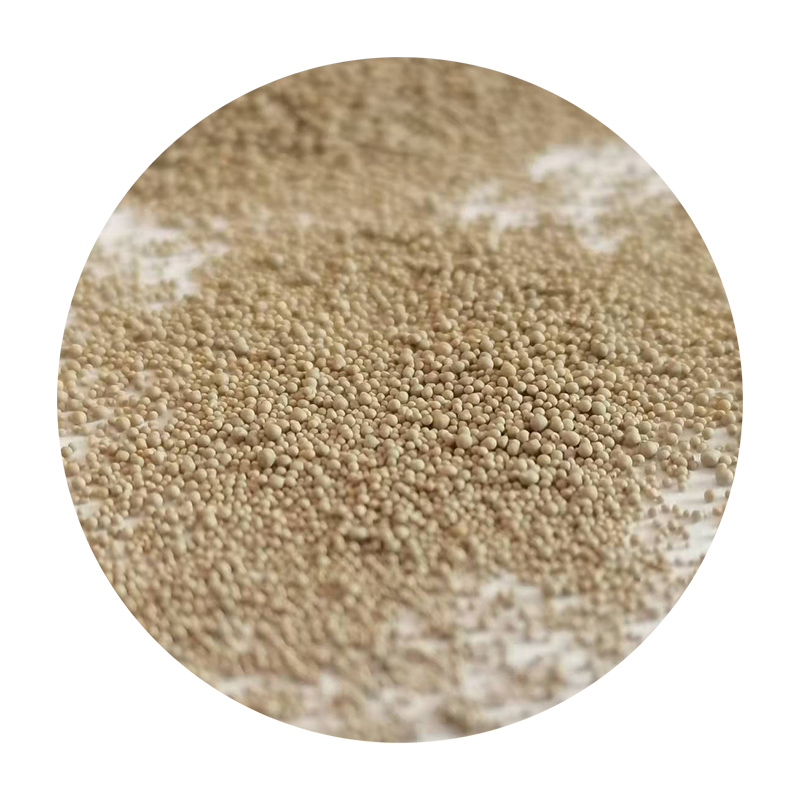Sand Sintering An Overview of the Process and Applications
Sand sintering is a crucial process in the field of materials science and engineering, particularly in the production of ceramic and metal components. This technique involves the application of heat to compact sand particles, causing them to fuse together without reaching the melting point. The result is a dense, solid structure with enhanced mechanical properties. This article explores the fundamentals of sand sintering, its advantages, challenges, and various applications.
The process of sand sintering begins with the selection of appropriate sand grains, which can be from natural sources or artificially produced. The quality of the sand is essential, as it influences the final properties of the sintered product. Typically, finer grains are preferred, as they provide a larger surface area for particle interaction, leading to more effective bonding during the sintering process.
Once the sand is prepared, it is often mixed with various additives to improve the properties of the final product. These additives can include binders, which help to hold the sand particles together, as well as fluxing agents that lower the sintering temperature. After mixing, the sand is shaped into the desired form using techniques such as molding or 3D printing. The shaped sand is then subjected to controlled heating in a sintering furnace.
During the sintering process, the heating rates and temperatures are meticulously controlled. As the temperature rises, the sand particles start to deform and form necks at their points of contact, facilitating the sintering process. This solid-state interaction continues until the desired density and strength are achieved. Importantly, the temperature must be kept below the melting point of the sand to avoid liquid phase formation, which can lead to undesirable effects such as warping or excessive shrinkage.
sand sintering

One of the significant advantages of sand sintering is its ability to produce complex shapes with high precision
. This makes it an attractive option for manufacturing components in industries like aerospace, automotive, and electronics. Additionally, the process is often more environmentally friendly compared to traditional methods, as it can utilize locally sourced materials and requires less energy.However, sand sintering is not without its challenges. Achieving uniform density and strength across larger components can be difficult, as variations in temperature and material composition can lead to inconsistencies. Furthermore, the choice of additives and the sintering parameters significantly influence the performance characteristics of the final product.
Applications of sand sintering are diverse and continue to expand as technology advances. In the construction industry, sintered sand is used to create strong, lightweight panels for building facades. In the realm of art and design, artists have begun to explore sintered sand techniques to create intricate sculptures. Additionally, ongoing research into biocompatible materials has led to the exploration of sintered sand for medical implants.
In conclusion, sand sintering is a versatile and impactful manufacturing process that opens up numerous possibilities across various fields. By understanding the principles behind it and continuously improving the methods used, industries can harness the benefits of this technique to produce innovative and high-performance components. As advancements in technology continue to evolve, the future of sand sintering appears promising, with new applications and improvements always on the horizon.
Post time:ਨਵੰ. . 05, 2024 03:18
Next:what type of sand is used for sand casting
